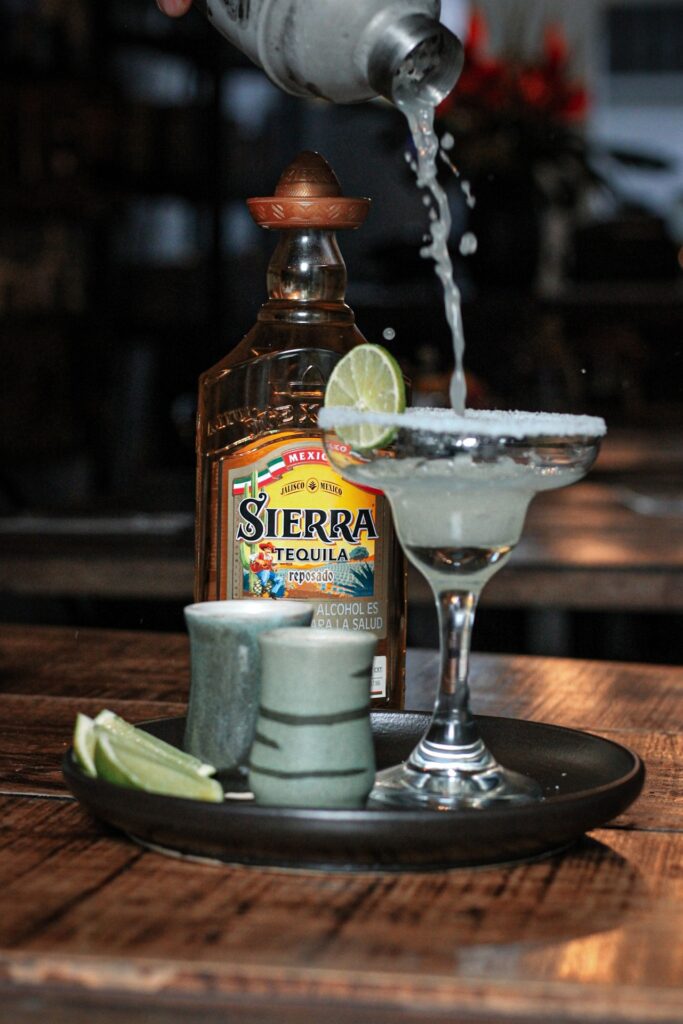What kind of alcohol is sold most often, what makes us drunk, how a high degree affects our brain and behaviour — about this and much more in new facts about alcohol.
For today’s review, we have picked up 10 unusual facts about alcohol — there will be something to discuss at the next party over a glass of something hot!
1. The best-selling alcohol in the world is not vodka, but baijiu
Never heard of baijiu? This Chinese alcohol made from sorghum is sold in record volumes — its turnover on the market is equal to $ 23 billion. Baijiu contains about 40-60% alcohol, has a good taste and goes well with Asian dishes.
2. We get drunk as a result of oxygen starvation of the brain
Experts have proved that intoxication is achieved due to blood clotting – clots of clumped red blood cells stop passing through the vessels, and all tissues lack oxygen. The oxygen starvation of the brain, called hypoxia, leads to the feeling of freedom and euphoria experienced after drinking alcohol.
3. Rum and Сaсhaca are not the same thing
Rum is made from molasses left over from sugar production from cane, while cachaca is made by distilling the plant’s juice. And although cachaca is often called Brazilian rum, they are completely different drinks. By the way, cachaca is used to prepare the national drink of Brazil — caipirinha.
4. Brandy was used in old thermometers
In the XVI century, brandy was poured into thermometers instead of mercury, which coped well with the task. Alcohol was replaced with mercury only due to its more suitable physical characteristics.
5. There is the most insidious concentration of alcohol in the blood
The concentration of alcohol in the blood is directly associated with the state of intoxication. At an alcohol concentration of about 0.5 grams per litre, there are usually no visible deviations; however, when increased to 1 gram per litre, the nerve centers cease to function normally with external “sobriety.” This concentration is dangerous for drivers — the frequency of accidents, in this case, increases by 14 times. And at a concentration of 2 grams per litre, deviations from small and large motor skills are already noted. Therefore, getting behind the wheel at such a phase is impossible.
6. Crushed beetles were used for the production of Campari
Until 2006, Campari was tinted with ruby-red dye made from beetle wings. Currently, the company uses artificial food colouring, which greatly disappointed the true connoisseurs of this drink, who loved the previous recipe.
7. Crème liqueur “cream” liqueurs do not contain cream
It’s funny, but the popular “Creme de cocoa” and “Creme de Mente” do not have a single gram of cream in their composition, and they got their name “cream liqueurs” due to their thick, viscous consistency. But in the company with cream, they go with a bang — try mixing 2/3 cup of cream with 1/3 cup of liqueur and enjoy an alcoholic dessert.
8. Alcohol affects creativity
“Write drunk, edit sober” — this famous saying of Hemingway has a scientific basis. On the one hand, in a state of alcoholic intoxication, there is an increase in creative abilities since the mechanisms of “internal censorship” are turned off. And on the other hand, in this state, the number of errors increases when performing work operations or solving tasks.
9. Whiskey darkens not because of wood
To be more precise, whiskey acquires its beautiful amber colour due to long aging in charred barrels. If you keep the drink in unburned barrels, the shade will turn yellowish, but not honey.
10. There have never been “worms” in tequila
Myths about the notorious “worms” at the bottom of a tequila bottle haunt many fans of this Mexican drink. However, the mezcal drink, similar to tequila, produced from different types of agave, is sometimes sold with a moth larva at the bottom of the bottle. Historically, a floating nymph was a bad sign indicating the agave crop was infected. However, since 1940, the “worm” has been used as a marketing trick to increase mezcal sales.

